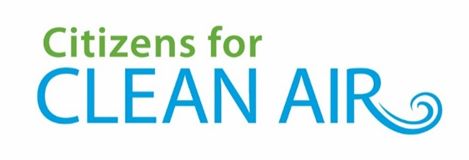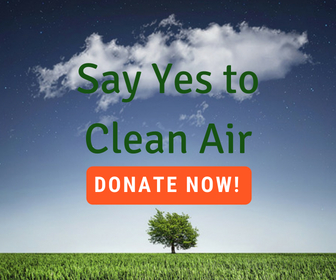Indoor Air Pollution Observations using
Purple Air Particulate Monitors
December 12, 2018
Several members of Citizens for Clean Air ran some non-scientific tests of air quality inside their homes using the Purple air particulate monitors recently, and came across some surprising readings.
Those of us who have any respiratory problems are fully aware when the air quality readings are high outside, but how many of us have considered that our indoor air quality and our own habits may be causing us problems as well?
What we discovered are many things that can contribute to poor indoor air quality, including:
- Cooking methods and cooking odors
- The type of water used in indoor humidifiers
- Dirty air furnace filters
- Burning scented candles
- Using an indoor wood burning stove or fireplace
Humidifiers
One of our members did some experimenting with his own humidifiers, and discovered that older machines may put out more particulate matter than newer machines. There was also a significantly higher particulate matter reading using regular tap water. The good news is those numbers can drop after switching from tap water to distilled water in the humidifier. Using a water filter that takes particulates out of the water before you use it in the humidifier can also improve indoor air quality.
Burning scented candles
Another very surprising finding was that burning scented candles for hours to improve the fragrance in your home or to mask cooking odors (such as fish), can actually be detrimental to your indoor air quality. One of our members saw her readings jump to 355 after forgetting to blow out a candle for several hours. This is a higher reading than we experienced during some of the California wildfires this summer. Thankfully, those numbers went down within a few hours after blowing out the candle, but they were very surprising and concerning.
That member says she will think twice about lighting a scented candle again in the future, and is looking for healthier ways to freshen indoor air.
Burning wood
These numbers confirmed what the EPA has told consumers about wood burning stoves and fireplaces. All wood burning, whether in EPA approved stoves or not, creates particulate matter that will pollute both your indoor air quality, and the outdoor air quality in your neighborhood. One member reported that her indoor numbers jumped from 25 to 84 within minutes of lighting a fire in a wood burning stove, while the outdoor monitor just three doors away jumped from 29 to 91 within an hour, and the outdoor numbers stayed high for hours, even after the indoor air quality improved.
In sum, if you care about your own health and that of your neighbors and children, you will find another way to heat your house or supplement your indoor heating needs besides burning wood, including using electric fireplaces or heat exchangers.
Cooking methods
While this is not the last word in how cooking can affect air quality, one of our members was stir-frying chicken in coconut oil, and it began to smoke. The indoor particulate matter reading jumped to 455! Again, the numbers dropped quickly, but be aware that indoor cooking can create particulates that can affect your respiratory system.
Some additional ideas for keeping your indoor air quality healthy include:
- Do not allow smoking inside or around your house, especially if there are children present
- Change your furnace filters regularly
- Use a vacuum that utilizes HEPA filters to trap particulates instead of releasing them back into the air
- Change to non-chemical cleaners for your home, such as vinegar and water
- Be careful of the chemicals in laundry detergent and switch to more natural ingredients
Citizens for Clean Air will continue to test indoor air quality in individual homes, and will report back on those things that can degrade the air you are breathing in your own home.
Have a Merry Christmas, and protect your indoor air quality this holiday season!

